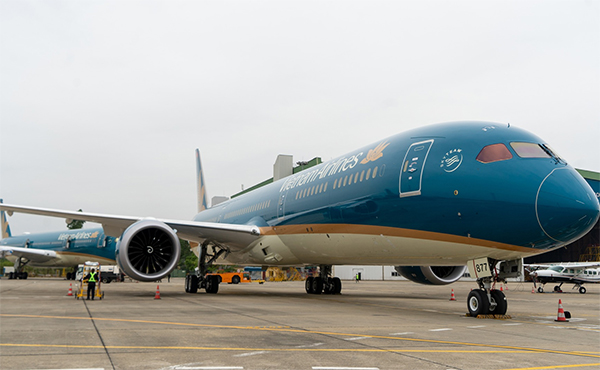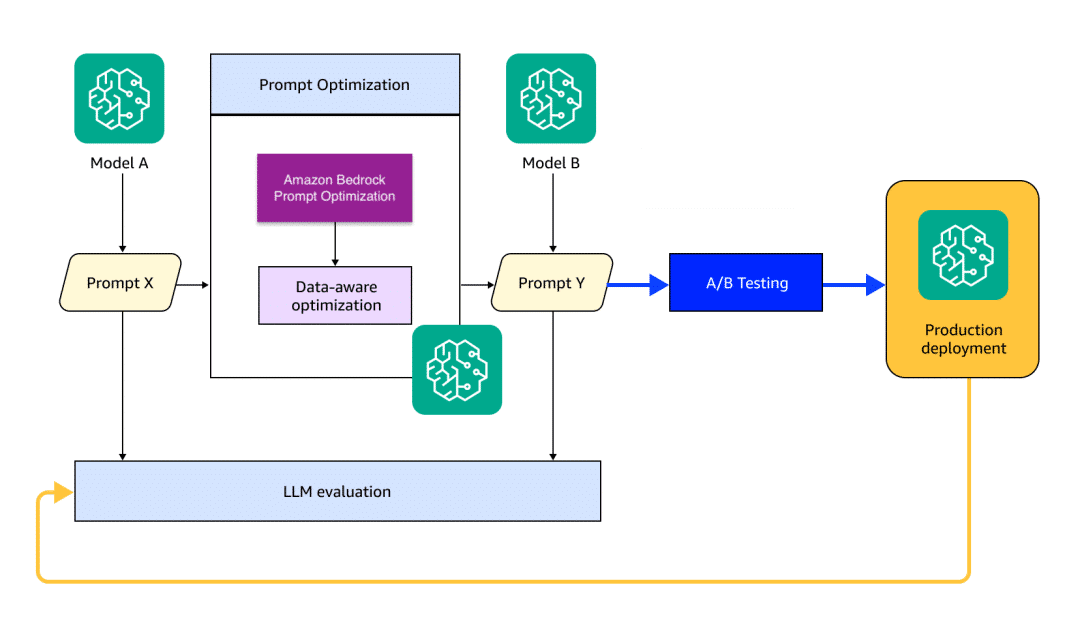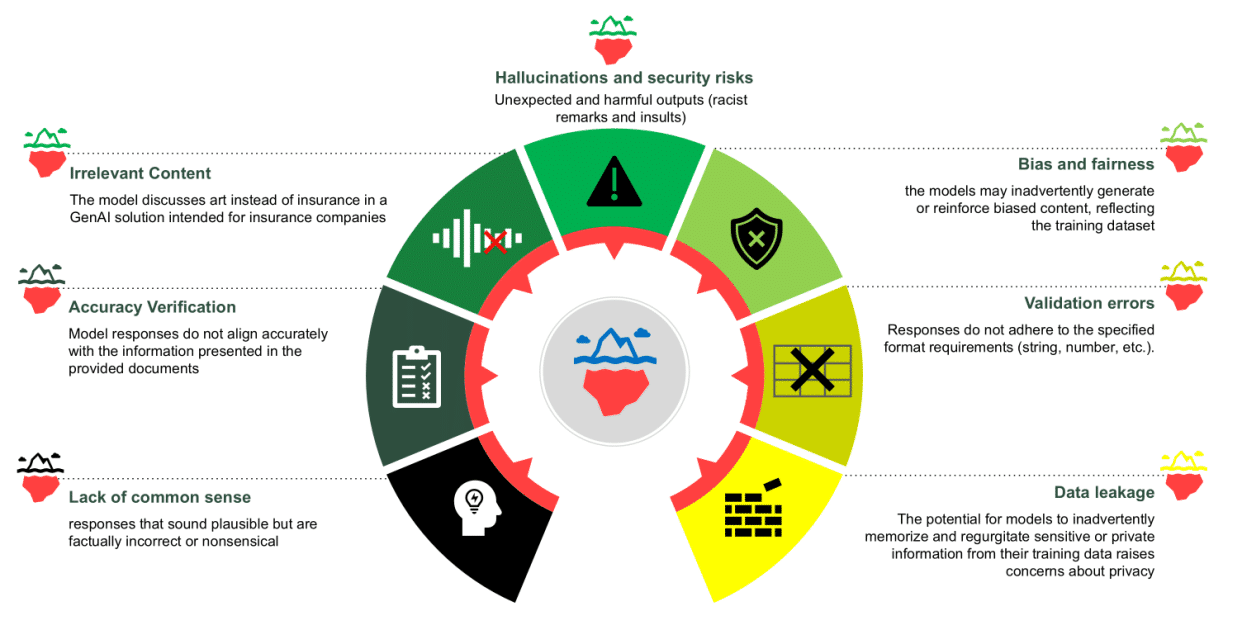Adidas will raise its prices in the United States due to Trump’s tariffs; check when
According to Adidas, increased production costs due to tariffs will eventually result in higher prices for U.S. consumers


Adidas has joined the list of companies that will raise the prices of their products due to the tariffs recently imposed by U.S. President Donald Trump. The measure will especially impact the wallets of American consumers. Here’s when the price hikes will begin and everything we know so far.
Why is Adidas increasing its prices?
In a statement, the company reported that during the first quarter of the year, it saw growth across all markets and channels, demonstrating the strength of the brand. However, despite this solid quarter and a healthy order backlog, uncertainty surrounding U.S. tariffs has stalled this upward trend.
Adidas emphasized that, although it has minimized exports from China to the United States, it is still exposed to tariffs, which are currently very high. Moreover, it is currently unable to produce most of its products in the U.S., meaning that these higher tariffs will eventually lead to increased costs for all products destined for the American market.
ALSO READ Which Big Lots stores are reopening? List of locations
When will Adidas prices increase?
The sportswear company did not specify when the price increase will take effect, but stated it would happen “later in the year,” depending on the final tariff rates imposed by President Donald Trump.
According to Bjørn Gulden, CEO of Adidas, the company is not yet in a position to make final decisions on the matter. However, the rising production costs due to increased tariffs will eventually result in higher prices. He also noted that, at this time, it is impossible to quantify these increases or determine what impact they might have on consumer demand for Adidas products.
Gulden assured that the company will do everything possible to ensure that its retail partners and U.S. consumers can get the Adidas products they want at the best possible price.
What are tariffs and how are they applied?
Tariffs are taxes applied to products imported from foreign nations. This tax, paid to the government, is the responsibility of the company that brings the foreign goods into the country. However, some companies may choose to pass on all or part of this cost to their customers.
Why is Donald Trump imposing tariffs?
President Donald Trump has stated that tariffs are a key component of his economic strategy, as he seeks to promote manufacturing in the U.S., protect jobs, increase tax revenues, and stimulate economic growth.
Trump aims to revitalize and rebuild the U.S. manufacturing industry, which has lost many jobs over the past 40 years, largely due to the transfer of these jobs to countries with lower wages, such as Mexico or China. Additionally, the president believes that the U.S. is facing a significant trade deficit and that other nations are taking advantage of the opportunity to sell their products to U.S. consumers.
ALSO READ Amazon Prime Day is back! Date, deals, and everything you need to know
What Tariffs Has Donald Trump Imposed?
Since returning to the White House for his second term as President of the United States, Donald Trump has signed executive orders to implement a series of tariffs on U.S. trade partners. These include:
- 25% on all products from Mexico and Canada that do not comply with the United States-Mexico-Canada Agreement (USMCA)
- 10% on Canadian energy
- 25% on steel and aluminum imports
- 25% on all foreign-manufactured automobiles and auto parts
- 20% on products from the 27 countries of the European Union
- 145% on imports from China
- 49% on products from Cambodia
- 48% on products from Laos
- 46% on products from Vietnam
- 45% on imports from Myanmar
- 37% on imports from Thailand
- 32% on products from Indonesia
- 26% on products from India
- 24% on products from Japan
- 24% on imports from Malaysia
- 24% on products imported from Brunei
- 18% on products imported from the Philippines















































































